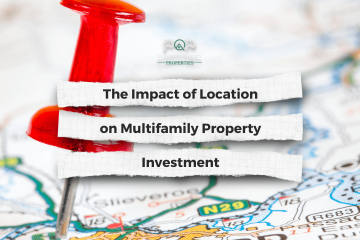The forces impacting the broader economy have proven powerful tailwinds for a wide swath of the nation’s multifamily markets. Concerns about mass evictions undermining housing security and upending the larger multifamily ecosystem of renters, owners and lenders, have not borne fruit. Eviction moratoria provided some relief to the pandemic’s most impacted renters, but renters’ prioritization of housing has been the more important driver of market stability. According to the National Multifamily Housing Council’s reporting on more than 11 million professionally managed units, 93% of renters paid rent in November.
An even broader measure of rental performance from the Census Bureau showed vacancy rates across all rental housing fell to 5.8% during the third quarter of 2021— down from 6.4% a year earlier and currently near its lowest level in 37 years (Chart 6).
As the pandemic upends long-held norms governing place and time of work, employers continue to update and refine their strategies for balancing the benefits of in-person collaboration with employees’ proven ability to work remotely effectively. The structural adjustment is ultimately favorable for rental housing.
The dominant narrative has focused on the regional migration of skilled professionals, generally favoring Sunbelt markets at the expense of the Northeast and Midwest. Rents and investment volume in the Sun Belt skyrocketed in 2021. However, the data show the economy’s evolving dynamics are allowing Americans to choose housing preferences across a wider geographic area.
Dispersion from downtowns into the suburbs represents a partial reversal of the last cycle’s focus on core urban areas. The shift is fueling demand for a broader range of rental housing options, most notably single-family homes for rent (SFR). Historically high prices for homes, the need for larger down payments and the possibility of higher residential mortgage rates pushed many would-be homebuyers into the SFR market in 2021.
While many secondary markets certainly benefitted from pandemic-related migration shifts, gateway markets have also seen a recovery in rental demand.
To be sure, the rental housing market will not be without challenges in the coming year. The potential for tighter monetary policy and an increase in the economy-wide cost of capital will exert some pressure on investment and lending.
Erosion in affordability from rising rents has also sustained calls for local intervention, sometimes in the form of far-reaching rent controls. However, many in the industry support a supply-side solution to address affordability in the long-term.




